Last updated on June 28, 2022
The continent of South America has an intriguing and colorful history, so it’s no wonder that the flags of South America follow suit. Like other flags throughout the world, molded by many external forces, South America flags tell the story of their history, people, and culture through symbolism.
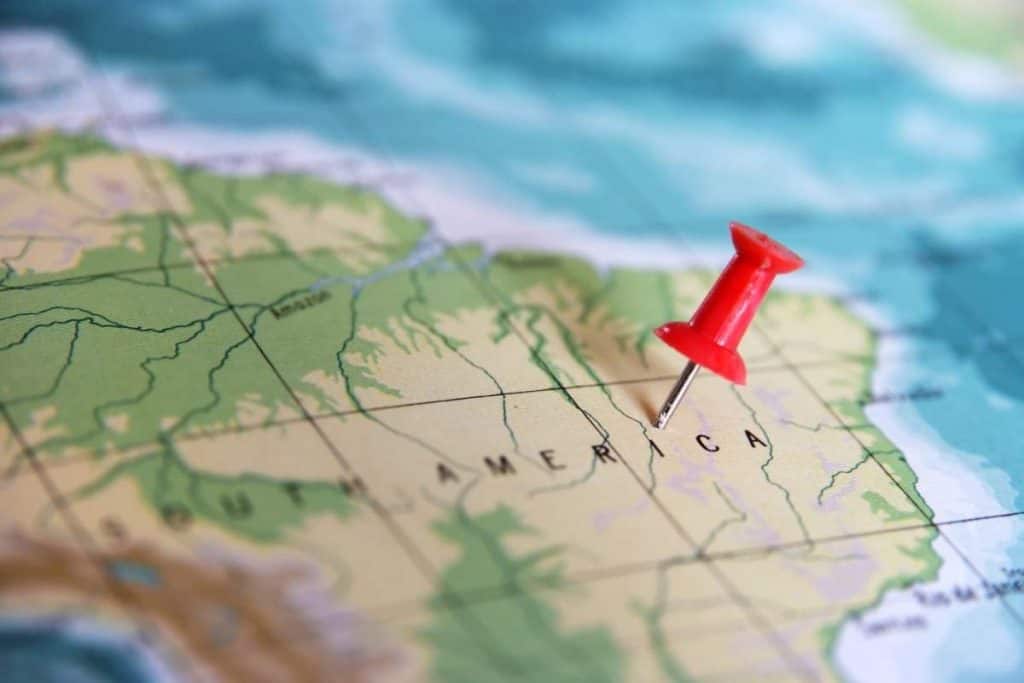
Think you have what it takes to complete our Travel Trivia Quiz: Flags of South America? Try it and see if you can rank on the leaderboard! Or hedge your bets and read this article first to brush up on your facts.
Flags of South America
Chile
~ Chile’s flag is red, white and blue, with a prominent white star in the left-hand corner. The current version has been in use since 1817, one year before Chile won its independence from Spain.
~ The significance of the colors are:
- The blue represents the sky
- The white represents the snow-covered Andes mountains
- The red represents the blood spilt fighting for their independence
- The white star represents the government
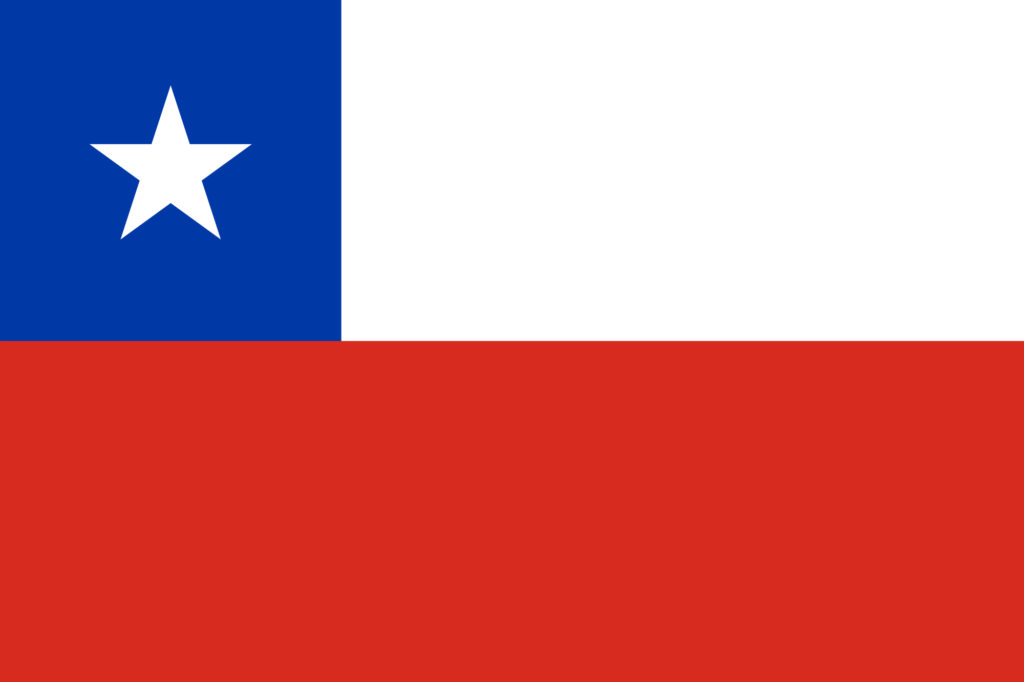
Argentina
~ South American flags are rich with symbolism, and that’s immediately apparent with the Argentinian flag. The flag itself is blue and white with a golden sun in the centre.
~ The flag of Argentina was adopted in 1812, though the golden sun in the middle (called the “Sun of May”) was not added until 1818, following Argentina’s independence from Spain in 1816.
~ The flag’s colors are said to represent the blue sky parting to reveal white clouds, which marks a symbolic moment from 1810 in the early days of Argentina’s liberation efforts.
~ The Sun of May is also a feature of the Uruguay national flag.
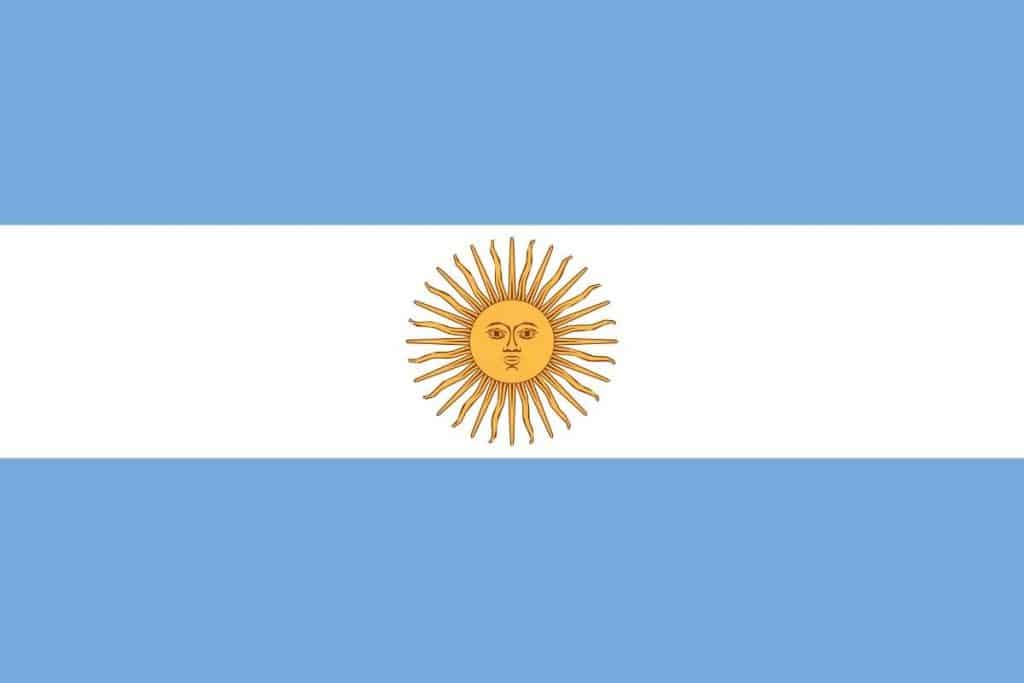
Brazil
~ Brazil’s national flag has a green background, yellow diamond and blue circle. It also bears the words “ordem e progesso” which is Portuguese for “order and progress”.
~ The Brazilians adopted this flag as recently as 1992, some aspects built upon from an earlier iteration.
~ The blue circle in the middle represents the stars seen above Brazil in the southern hemisphere. Specifically, it’s meant to depict the sky over Rio de Janeiro on the night that Brazil became a republic on November 15th, 1889.
~ The flag features 27 white stars, representing the country’s states and Federal District. The stars form several well-known constellations, such as Southern Cross and Scorpius.
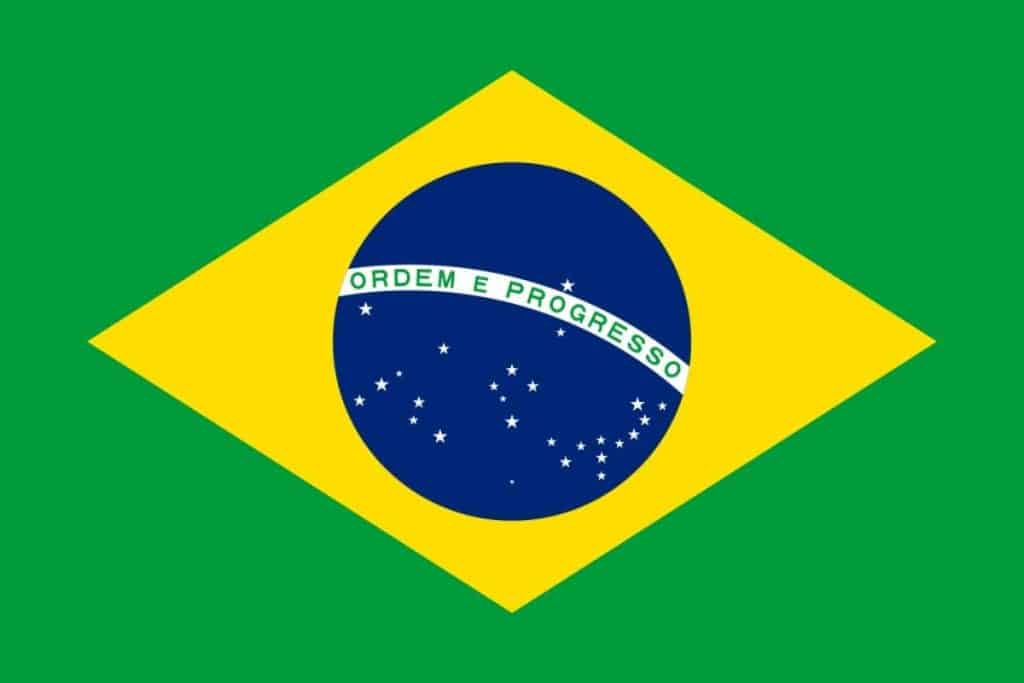
Suriname
~ The Suriname flag is comprised of horizontal stripes in green, white, and red. The red strip is in the middle and it is wider than the rest as it hosts a large yellow star in the middle.
~ While green represents the fertility of the land, white represents freedom and justice, and red is for the country’s progress and love (much different from other countries where red is used to symbolize bloodshed). The five points on the yellow star symbolize the country’s five main ethnic groups, the Creoles (mixed African and Native American descent), Asian Indians, Chinese, American Indians, and Europeans.
~ The flag was adopted in 1975, after the country’s independence from the Netherlands.
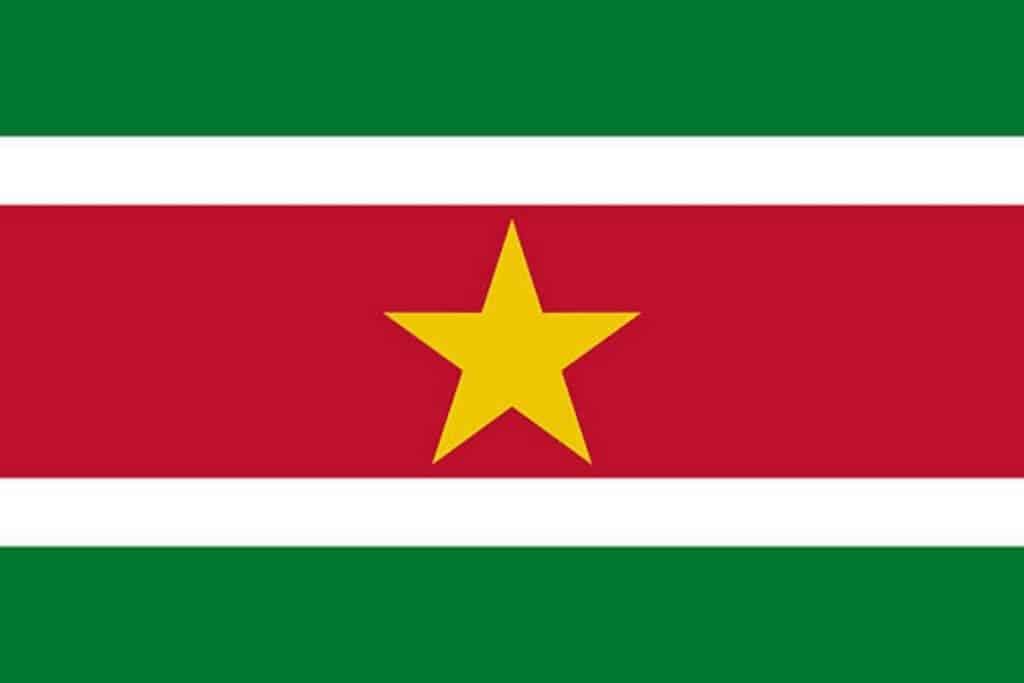
Colombia
~ The Colombian flag has three horizontal stripes: a wider yellow stripe in the top, a blue in the middle, and a red in the bottom, both the same size.
~ The yellow represents the Colombian gold, the blue stands for the ocean on the country’s coast, and the red symbolizes the bloodshed during the war for independence.
~ The flag became official in November 1861.
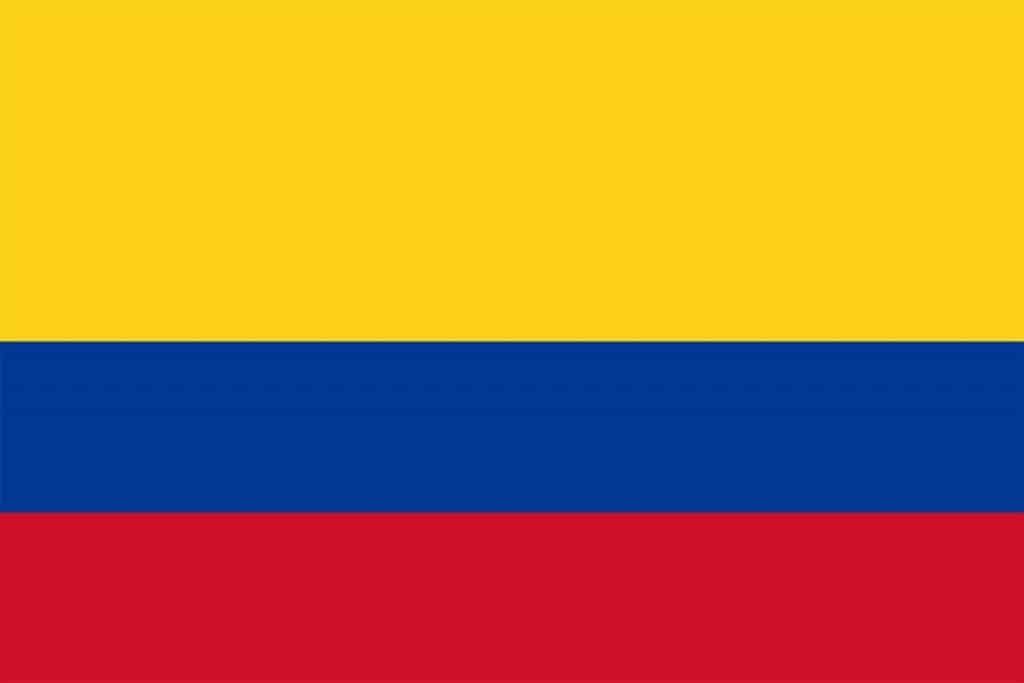
Peru
~ The Peruvian flag is easy to describe: three vertical stripes, one white in the middle and two red ones on each side. Red represents the blood spilled for achieving Peruvian independence; white symbolizes peace and purity. When displayed by the government, it incorporates the national coat of arms in the centre.
~ The flag in the modern colors first appeared in 1820 but followed a different design. It went through a few more changes, but by 1825 the flag’s design had evolved into the current final one.
~ There’s an interesting song in Peru called “Marcha de Banderas” (march of flags) that is played during flag raising ceremonies. It’s a sort of a national anthem specifically for the flag.
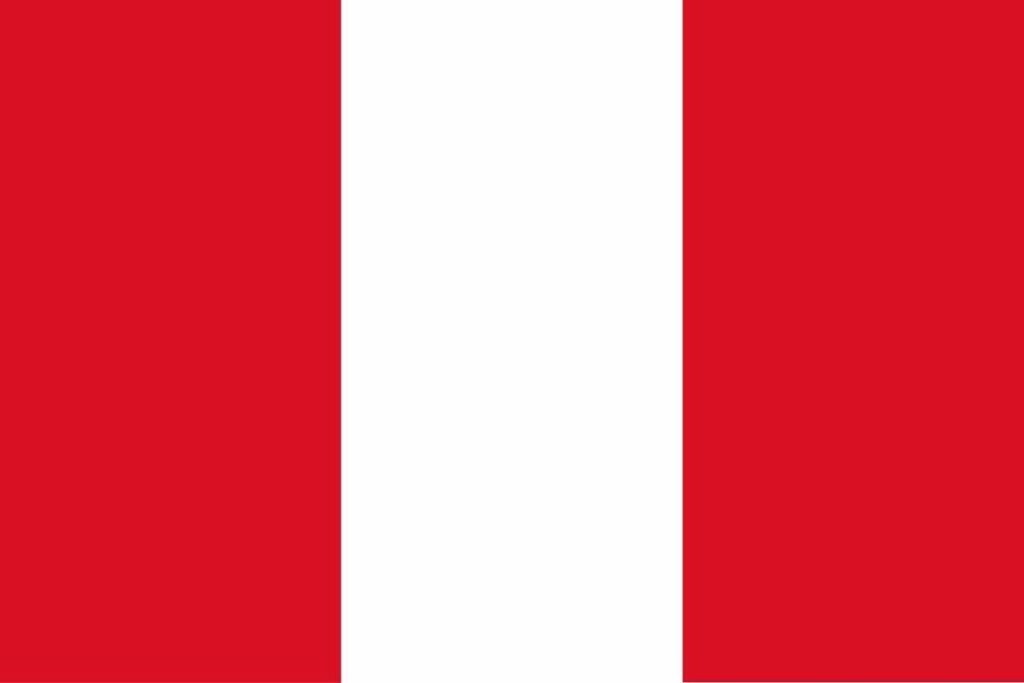
Venezuela
~ The flag of Venezuela has three equal horizontal stripes: yellow in the top, blue in the middle, and red in the bottom. In the center, over the blue stripe, there’s a half-circle with eight white stars.
~ For the colors, yellow stands for new opportunities; red is for Spain; blue stands for the Atlantic Ocean. The eight stars in the flag represent the seven provinces that existed at the time of Venezuelan independence plus the province of Guayana that was added in 2006.
~ The colors represented by Venezuela are a reminder of Gran Colombia, a political union that included the nations of Colombia, Venezuela, and Ecuador. Fun fact: although they all use the same colors, of the three countries Venezuela is the only one with a flag with three same-sized stripes.
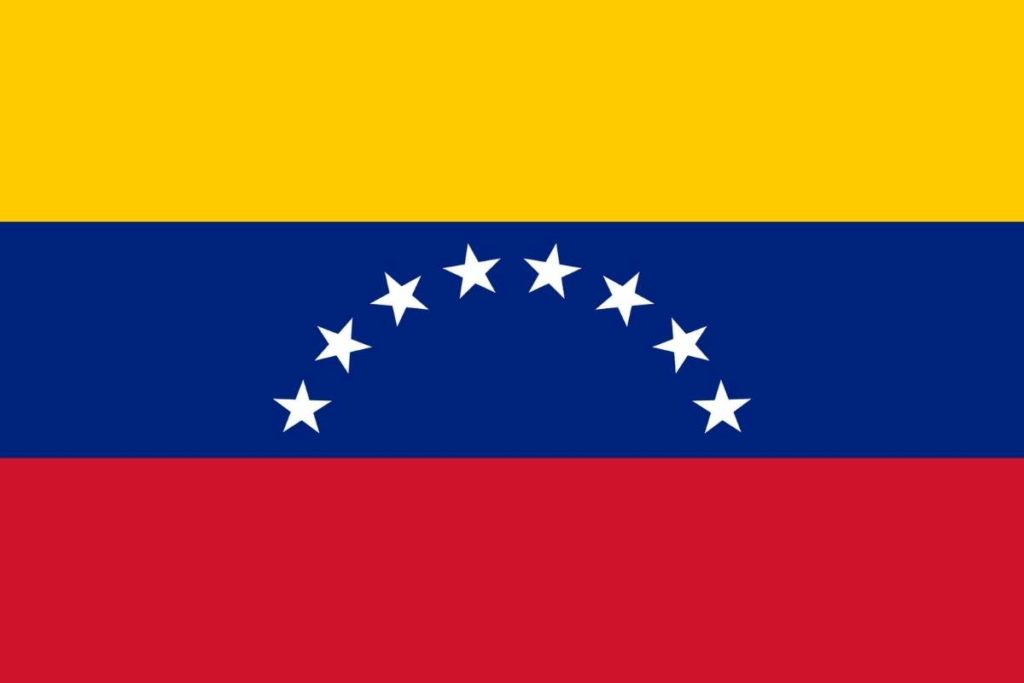
Ecuador
~ The Ecuador flag is very similar to the Colombian one. It has the same background and the same three horizontal stripes, with the wider yellow one followed by the blue and the red ones.
~ The only difference between the Colombia flag and Ecuador’s is that the Ecuador flag has the national coat of arms in the center featuring an Andes condor.
~ Ecuador used to be part of a collection of united nations that were more like states in a country that no longer exists called Gran Colombia. It was made up of Colombia, Venezuela, and Ecuador, and the latter inherited the flag from that union; hence the striking similarity to the Colombian flag.
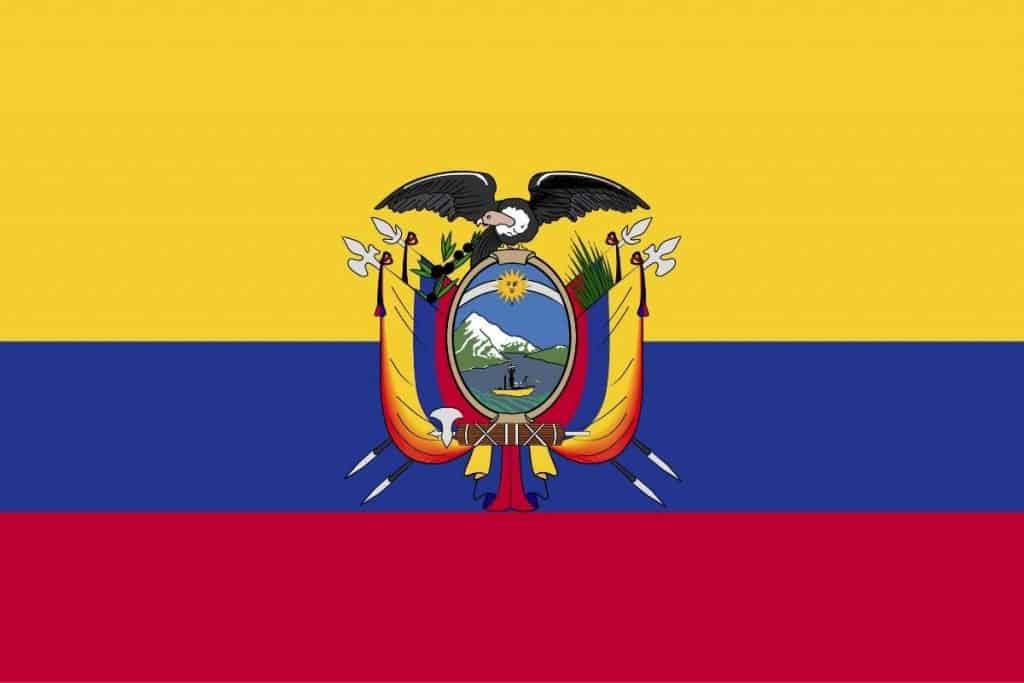
Bolivia
~ The flag of Bolivia is made up of horizontal color blocks in three colors: red on the top, yellow in the middle and green on the bottom. There is also a coat of arms in the middle of the flag in the yellow stripe.
~ In terms of symbolism: the red represents the courage and bloodshed of Bolivian soldiers as they fought for freedom, the green symbolizes the fertility of the soil, and yellow stands for Bolivia’s natural resources and wealth.
~ The country gained independence in 1825 and used a slightly different version of the flag then, although the colors remained the same. For instance: the flag used to have the country’s coat of arms in the middle. The current version became official in 1851.
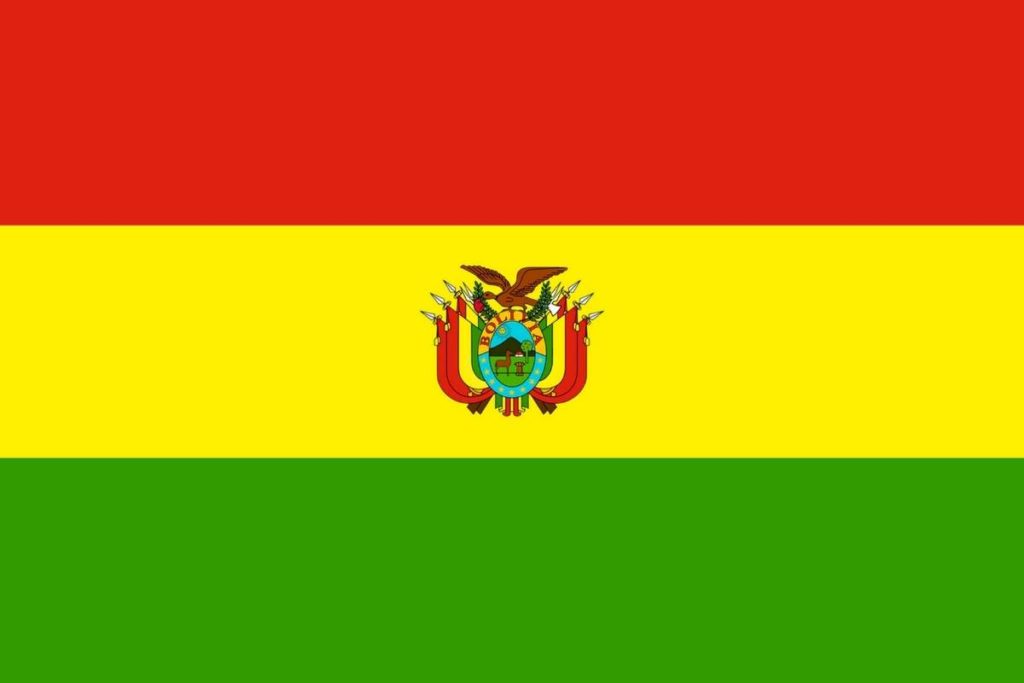
Paraguay
~ The most unique flag out of any of the South American countries (and arguably in the world) belongs to Paraguay! The flag is unusual because it differs on its obverse and reverse sides: the obverse of the flag shows the national coat of arms, and the reverse shows the seal of the treasury.
~ It is reminiscent of the French national flag in red, blue, and white stripes, however with horizontal stripes instead of vertical. Additionally, the national symbol is laid over the white stripe in the middle, a wreath of palm and olive tree branches around a five-point yellow star with the inscription “Republica del Paraguay” (Republic of Paraguay).
~ The seal of the treasury is a golden lion and a staff topped with a hat symbolizing liberty. Across the top of the lion is a curved red banner with “Paz Y Justicia” (peace and justice).
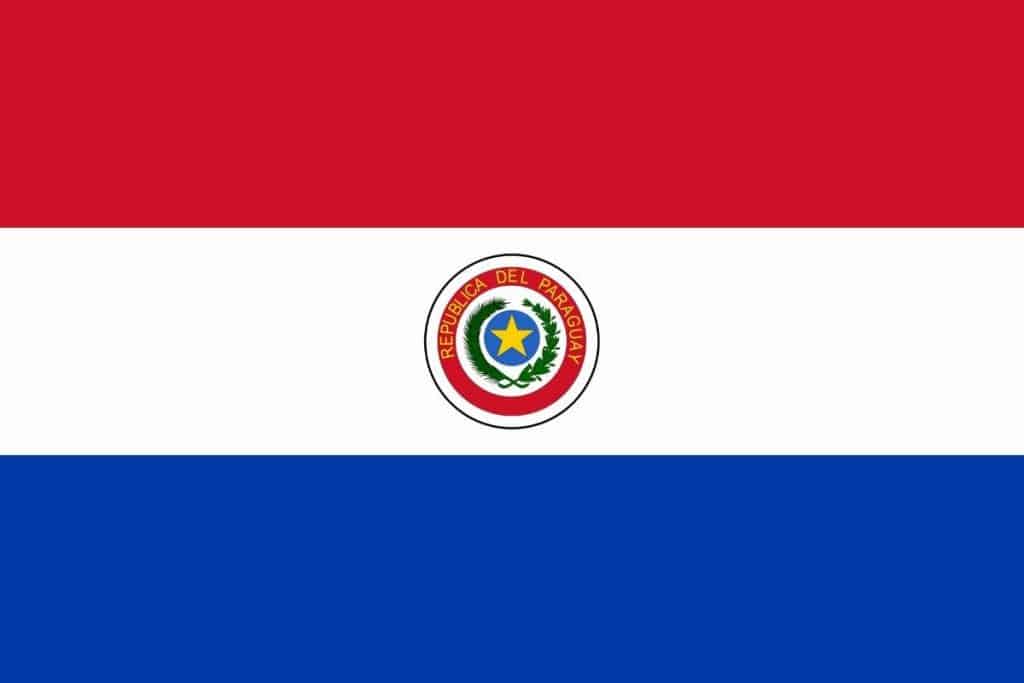
Uruguay
~ The flag of Uruguay has nine horizontal stripes, five white and four blue. There’s a white square with a yellow sun in the top left corner.
~ The nine stripes are a symbol of the nine provinces of Uruguay, which existed at the time the First Constitution of Uruguay was signed, in 1830.
~ Uruguay has “The Sun of May” symbol just like Argentina. It represents the Inca sun-god Inti, and it stands for the events that took place in Buenos Aires during the May Revolution in 1810, that marked the beginning of the end of Spanish rule.
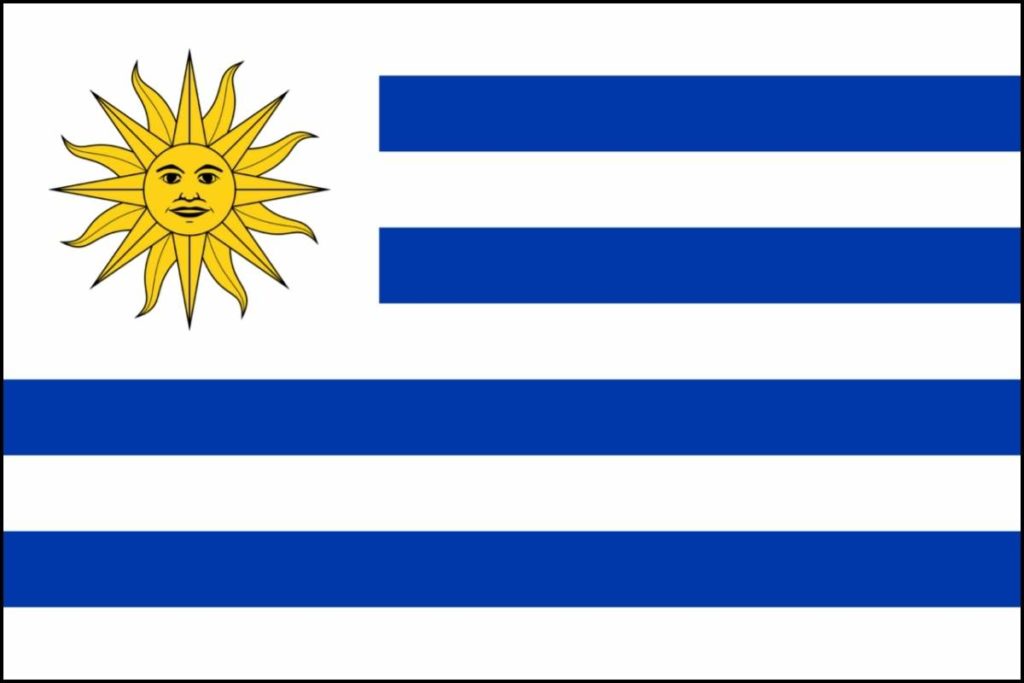
Guyana
~ More funky that the typical flag found on the South American continent, the flag of Guyana has a green background with two overlaid triangles shaped like an arrow in yellow and red.
~ The flag was officially used for the first time in 1966 and is known in Guyana as “The Golden Arrowhead.”
~ The significance of the colors on Guyana’s flag is:
- The green stands for the forest and lush landscapes in the country
- The yellow represents mineral wealth and a bright future
- The red symbolizes the courage and vitality of the Guyanese people
- The black stands for perseverance and endurance
- The white is a symbol of the rivers in the country
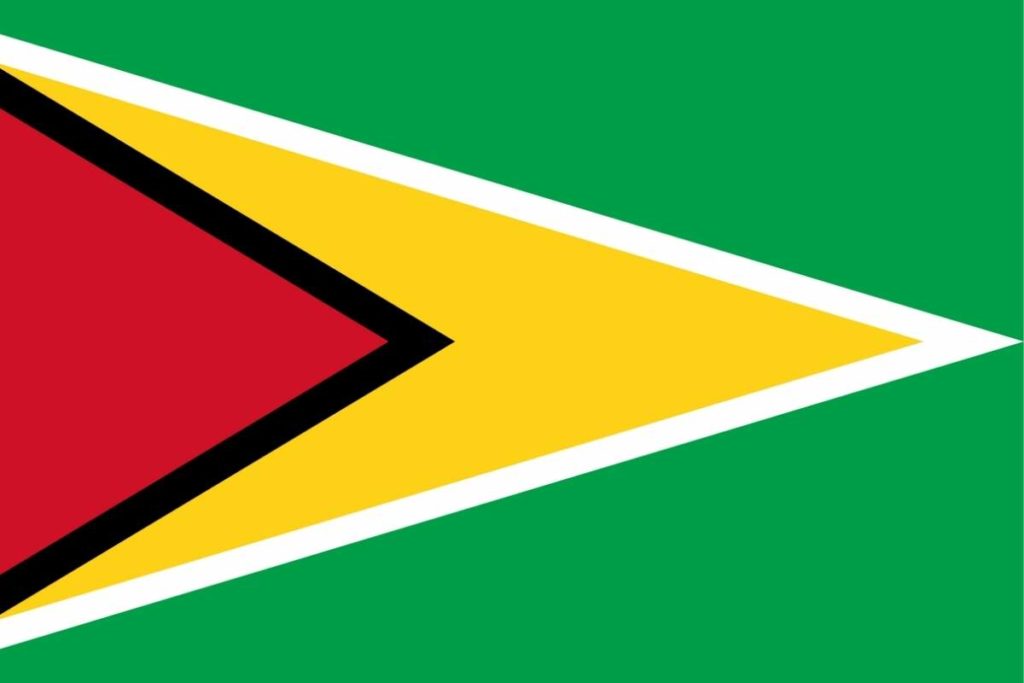
More South America Flags
~ There is a square multi-colored flag that is used to specifically represent some Indigenous people across South America called the Wiphala flag.
~ While there are some variations, the Wiphala is commonly used as the symbol of the Andean people.
Flags of South America Summary
Full of colonialism, economic struggle, and civil unrest, South American history at times can be tragic and brutal. However, the national flags of South American countries mark the various struggles and achievements that they have persevered through. By learning the history and the meaning behind their flags, we can appreciate and honor these countries, not just for their tourism possibilities, but for their individual accomplishments.
With this knowledge of national flags, think you now have what it takes to score well on our Flags of South America quiz? Take it and find out!
[adinserter name=”Block 1″]





